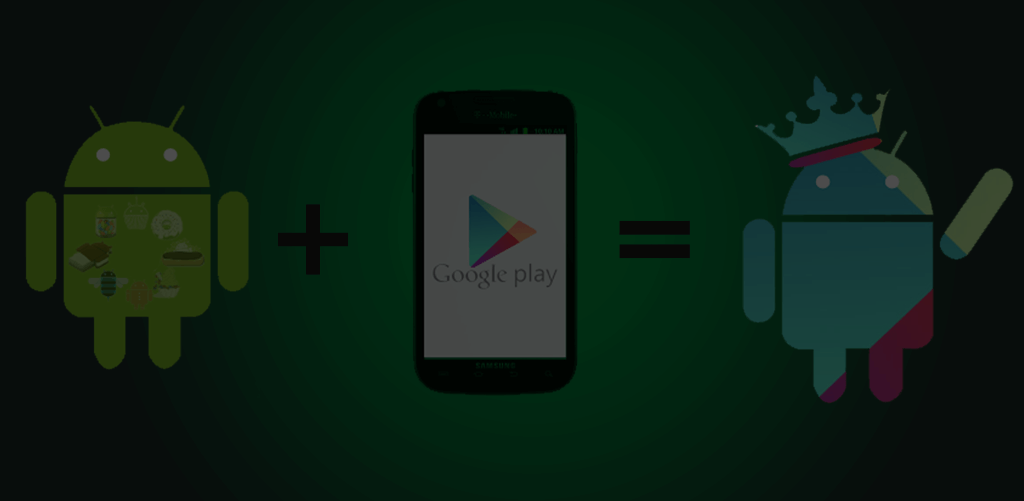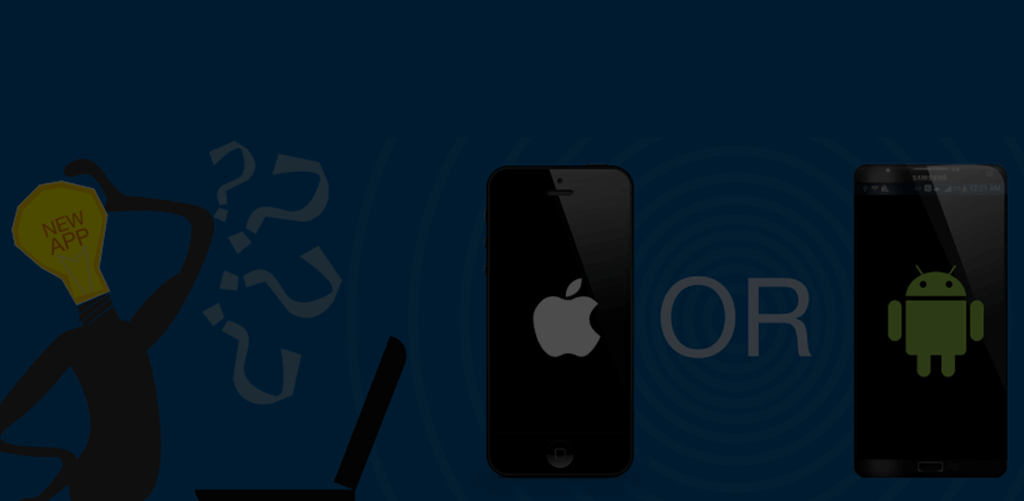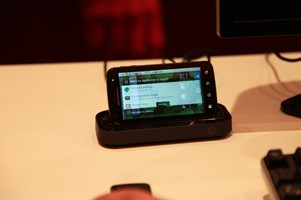Android is growing rapidly. On 3rd September 2013, it has reached coveted 1 billion activations mark. There are 7 billion people on this planet. 1 in every 7 people has an Android device. Compared to Apple which has 600 Million activations on Sep. 10th 2013 it is clear that the gap is growing wider and we don’t see any sign of Android looking back.

However, even the strong supporters of Android are worried about the worst part of the success of this open source project. The fragmentation. Device size and operating system fragmentation. Large (approx. 26%) of all Android devices still run 2-year-old version 2.3.x.
Who is responsible for this fragmentation?
Who is responsible for Android? Google, without any doubt.
And who is responsible for this fragmentation? For the old versions not being upgraded? The operating system and the hardware vendors. Problem is that the vendors are not releasing OS upgrades to older phones.
We can understand that the latest OS versions are more capable at the same time more resource hungry than their predecessors. One can’t get them running on some of the older devices with lesser CPU and memory. But what stops people from getting the latest OS on their top-end phones? Looking at the approach of hardware vendors (flooding the market by many options) it is evident that it is impossible for the vendors to provide the upgrades to their older phones similar to Apple. (As of today Samsung sells at least 84 Android-based phones in the US market (Ref: http://www.samsung.com/us/mobile/cell-phones/all-products). Add that to the list of phones which are taken out of the market, and we can be sure that it’s one colossal task in which the company would not have any interest at all.
Android fragmentation by the size of market share by OEMs

Understanding the problem, a little more
Now, with this background, we need to look at the problem Google has in hand. They have created an open source ecosystem in which OEMs can participate and use the free operating system to compete in the smartphone market. They have committed to making this platform better by investing years of efforts and billions of dollars. But the OEMs are fragmenting the user base rapidly into multiple OS versions, hardware capabilities and screen size on which Google has zero also control.
Android OS version usage:
How can they solve this puzzle? How can they provide the best they can offer to the users who are still stuck with the 2.3.x? The problem is not one-off incident. They knew that it is going to last and the fragmentation is only going to increase, as they have witnessed it for past 20 years in Linux.
If you can’t change the world change yourself
Google could not change the approach of OEMs, so they changed Android OS. As this brilliant article mentions there are significant efforts made by Google to separate the OS from Google Apps. The OS is free, but now Google has made sure that if an OEM wants to use Google Apps they need to pay the royalties. All the Google Apps come in a bundle. You can’t pick and choose from those. I disagree with the author’s views that it is detrimental to Android. I think that it is a very positive step taken by Google. With one swift stroke, Google has achieved two things, adding some revenue to its kitty and thwarting the effect of fragmentation. Let us see both in details.
If you are good at something never do it for free!

Unlike early years of Linux, Android is not developed by the individuals at their own pace. Google needs to make enough revenue to invest in Android OS project and other Google Apps to keep them up-to-date and stay relevant. Google has committed to free open source Android operating system. But what about the apps?
It is a perfectly logical step from the point of view of an App development community to make money from their apps. If the Android devices were University projects nobody would have bothered. However the OEMs are making billions from these Android devices and they are not even committed to Android (Samsung releases Phones with Bada, Windows 8, and pushing for Tizen).
Therefore, if somebody wants to make money out of the free operating system that Android is, they are welcome, but they need to invest and put efforts if they do not want to share the profit with Google. For the app business, it makes perfect sense. If you are a world leader in technology, you don’t want to end up like Sun. I would say well done Google for monetizing it.
Solving fragmentation without upgrading the operating system!
To understand the approach let’s look at the contents of Google Bundle. Google provides following apps in the bundle:
Voice Search, Google Keyboard, Gmail, Google handouts, chrome, play store, Calender, play games, play music, play movies, playbooks, wallet, translate, cloud print and GOOGLE PLAY SERVICES.
These are some of the most used apps in the world. If these apps are part of the OS itself then to avail the latest versions of these apps you would have to wait for the OS upgrade from your OEM. And we all know how excited the OEMs are for upgrading the Android firmware!!! With the swift move of separating core OS features from the apps, Google has ensured that the users will keep getting updates of these apps regardless of whether OEMs prefer it or not.
The magic of Google play services
Then there is this app called Google play services. It is available to the Android 2.3.* too. Google has made efforts to pull out as much functionality out of clutches of OEM as possible with this App. It provides you maps API, cloud messaging, location API with geofencing, in-app purchasing, single sign-on, and play games. If you are a developer and using any of these features, you can rest assured that the latest features for these services will be available throughout the Android ecosystem. If you are building an app, you can use the geofencing feature which was introduced almost two years later from the launch of Gingerbread, still available on those phones through Google play services. Some of these features could have been part of the operating system itself, but separating them has allowed Google to provide uniformity in the ocean of Android devices.
Why Google is right?
Initially, the Android OS project was an amalgamation of everything that could be available in the operating system. However we can now clearly see the trend developing where the core OS features would remain the part of the platform, and latest apps, services will no longer be the USP if the open source project. Looking at the traction gained by app development it is well justified for Google to step back from the responsibility of development of open source apps. The Google bundle ensures that the devices remain relevant for the end user even if the OEM abandons them.
Finally, if somebody wants to make money from Android, they will have the free OS available for them. However, if they want to give the premium look and features, they will need these Google Apps.









